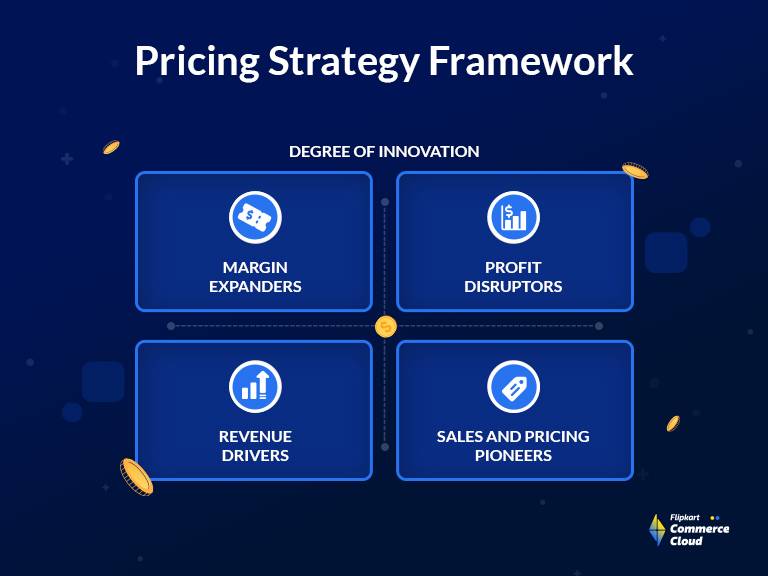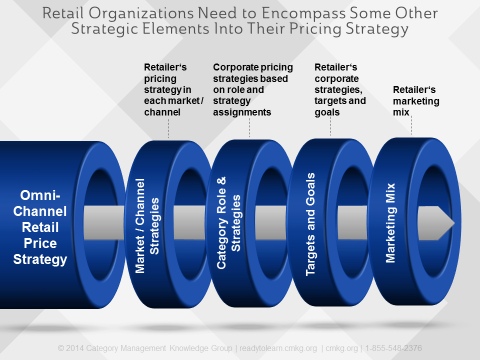Why Adaptability is Crucial in Developing Your Pricing Strategy
Why Adaptability is Crucial in Developing Your Pricing Strategy
Blog Article

Master Effective Rates Approaches to Maximize Earnings
In the ever-evolving landscape of business, mastering effective rates approaches is necessary for companies intending to take full advantage of revenue. A nuanced understanding of rates psychology can considerably influence consumer behavior and purchasing choices. Furthermore, utilizing vibrant and value-based prices designs allows organizations to adapt to market changes and consumer belief. However, the complexity of competitor evaluation and continuous performance examination raises essential questions regarding the sustainability of these approaches. What specific strategies can be implemented to guarantee long-term success and customer loyalty in this competitive atmosphere?
Understanding Prices Psychology
Understanding pricing psychology is crucial for companies aiming to maximize their prices approaches. This area examines exactly how consumers view rates and just how these assumptions influence their getting decisions. Secret principles in prices psychology include the anchoring effect, where the first rate provided functions as a recommendation factor for consumers, and the idea of price level of sensitivity, which varies among different client segments.
Additionally, companies can take advantage of the notion of viewed worth, where the viewed benefits of a product and services can validate a higher price factor. As an example, premium rates can develop an aura of exclusivity, bring in consumers who link higher costs with remarkable high quality. On the other hand, psychological prices, such as setting a cost at $9.99 rather of $10, can considerably influence customer behavior by making prices show up more attractive.
Furthermore, scarcity and necessity can boost the perceived worth of products, motivating quicker getting choices. Comprehending these psychological triggers allows services to formulate pricing techniques that not only drive sales but also foster client loyalty. Therefore, mastering pricing psychology is necessary for effective pricing strategy formula, causing improved productivity and market positioning.
Carrying Out Value-Based Pricing

Next off, sector your customers based on their determination to pay and the value they regard. By doing so, you can customize offerings and rates techniques to align with different sections.
Continually keep track of market conditions and client responses to fine-tune your rates strategy over time. By implementing value-based pricing, organizations can improve profitability while promoting lasting customer loyalty.
Exploring Dynamic Prices Designs
In today's swiftly altering market landscape, vibrant pricing versions have actually become a powerful technique for organizations seeking to optimize earnings and reply to fluctuations popular. These designs allow business to readjust their costs in real-time based upon various variables such as customer actions, market fads, and inventory levels. By leveraging data analytics and formulas, services can determine optimum pricing points that take full advantage of sales while remaining competitive.
Dynamic rates can take various forms, including time-based rates, where costs change based upon time of day or period, and demand-based rates, which adjusts rates according to existing consumer need. This adaptability not just enhances productivity however additionally enhances consumer satisfaction by supplying costs that show real-time market conditions.
Carrying out vibrant pricing calls for a durable technological infrastructure and a deep understanding of client sectors. Transparent communication concerning rates changes can aid alleviate customer discontentment and foster trust fund, eventually leading to sustained earnings in a competitive marketplace.
Analyzing Rival Prices
Keeping an eye on rival prices is essential for businesses aiming to keep a competitive side in their particular markets. By assessing competitors' prices techniques, firms can recognize market trends, recognize customer choices, and change their pricing accordingly. This evaluation includes gathering information on competitors' rates, advertising strategies, and item offerings to inform prices decisions.
To effectively examine competitor prices, companies must use various devices and techniques, such as rate monitoring software application, marketing research records, and client responses. This data can reveal just how rivals position their solutions and products, allowing services to differentiate their offerings or embrace similar techniques to remain relevant.
In addition, it is important to categorize rivals right into direct and indirect competitors. Direct rivals supply comparable product and services, while indirect competitors might satisfy the exact same customer requirement with various remedies. Comprehending the nuances in between these teams will enable businesses to customize their prices approaches more effectively.
Ultimately, continuous rival prices evaluation is crucial for making educated prices choices. It allows services to continue to be active in action to market shifts, guaranteeing they can confiscate chances and minimize dangers connected with pricing approaches.
Assessing Pricing Performance
Understanding exactly how rival pricing influences market characteristics leads to an all-natural concentrate on examining pricing efficiency within one's own service. This examination is crucial for determining areas of strength and opportunities for enhancement, ultimately enhancing productivity.

In addition, performing normal rates audits can reveal discrepancies between anticipated and actual efficiency. This involves contrasting prices information across different segments and networks to recognize variations and determine fads. Integrating customer visit this website responses can supply understandings into viewed worth versus real pricing, guaranteeing positioning with market you can try these out expectations.
Finally, leveraging information analytics devices can help with much deeper understandings into prices performance, enabling services to make data-driven changes (Pricing Strategy). By continually examining pricing efficiency, companies can adjust to market adjustments and optimize their approaches, making certain sustained earnings in an affordable landscape
Final Thought
By leveraging prices psychology, organizations can improve regarded value and tailor pricing to diverse consumer sections. The fostering of vibrant and value-based prices models promotes real-time modifications based on demand and client willingness to pay.
Recognizing prices psychology is essential for businesses intending to optimize their prices methods. Comprehending these psychological triggers enables organizations to create prices strategies that not just drive sales however additionally foster customer commitment. Therefore, mastering rates psychology is necessary for efficient rates technique solution, leading to enhanced productivity and market positioning.
By examining rivals' rates techniques, companies can identify market patterns, understand check my blog customer choices, and readjust their pricing appropriately. By leveraging pricing psychology, organizations can enhance regarded worth and tailor rates to varied consumer sectors.
Report this page